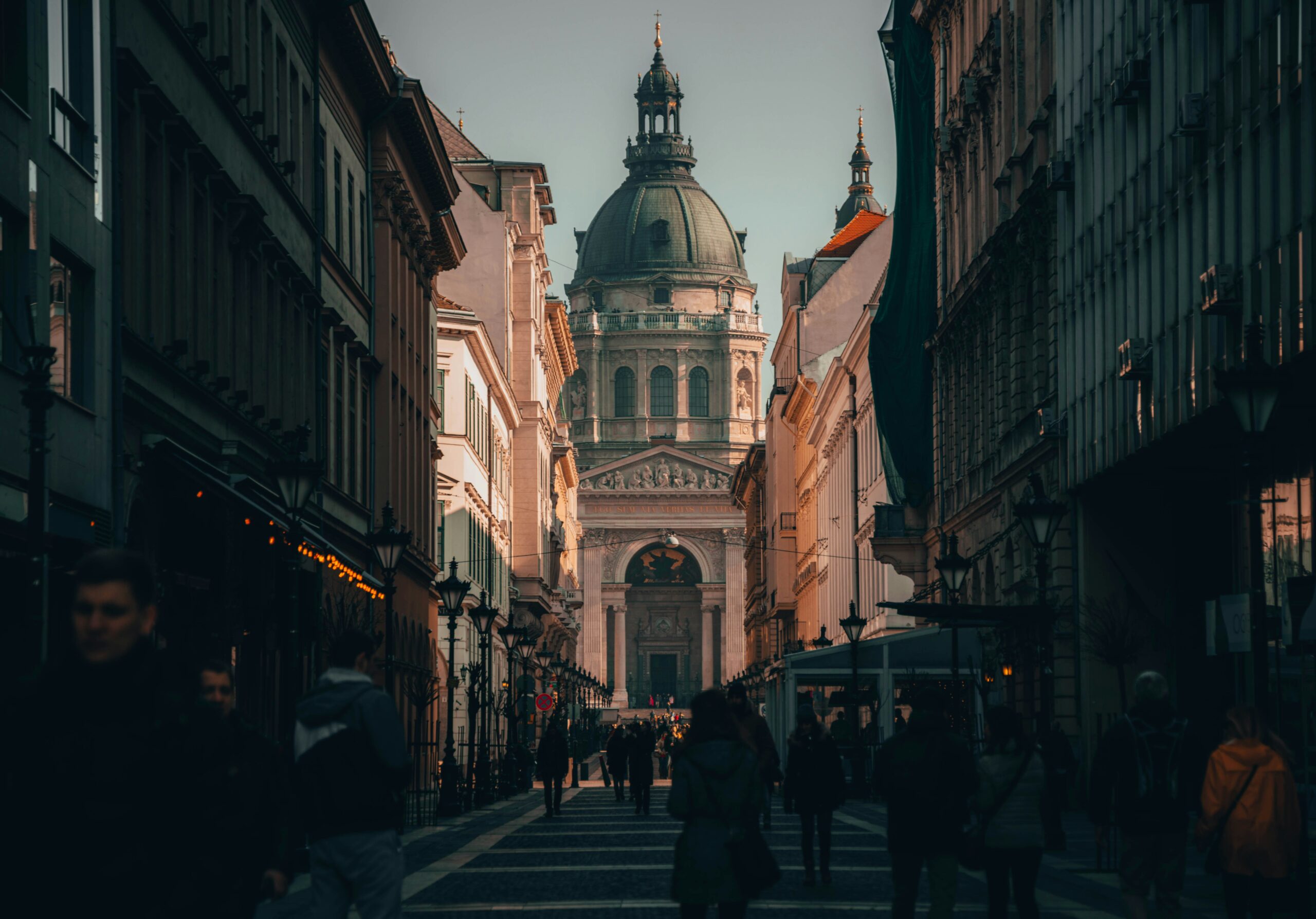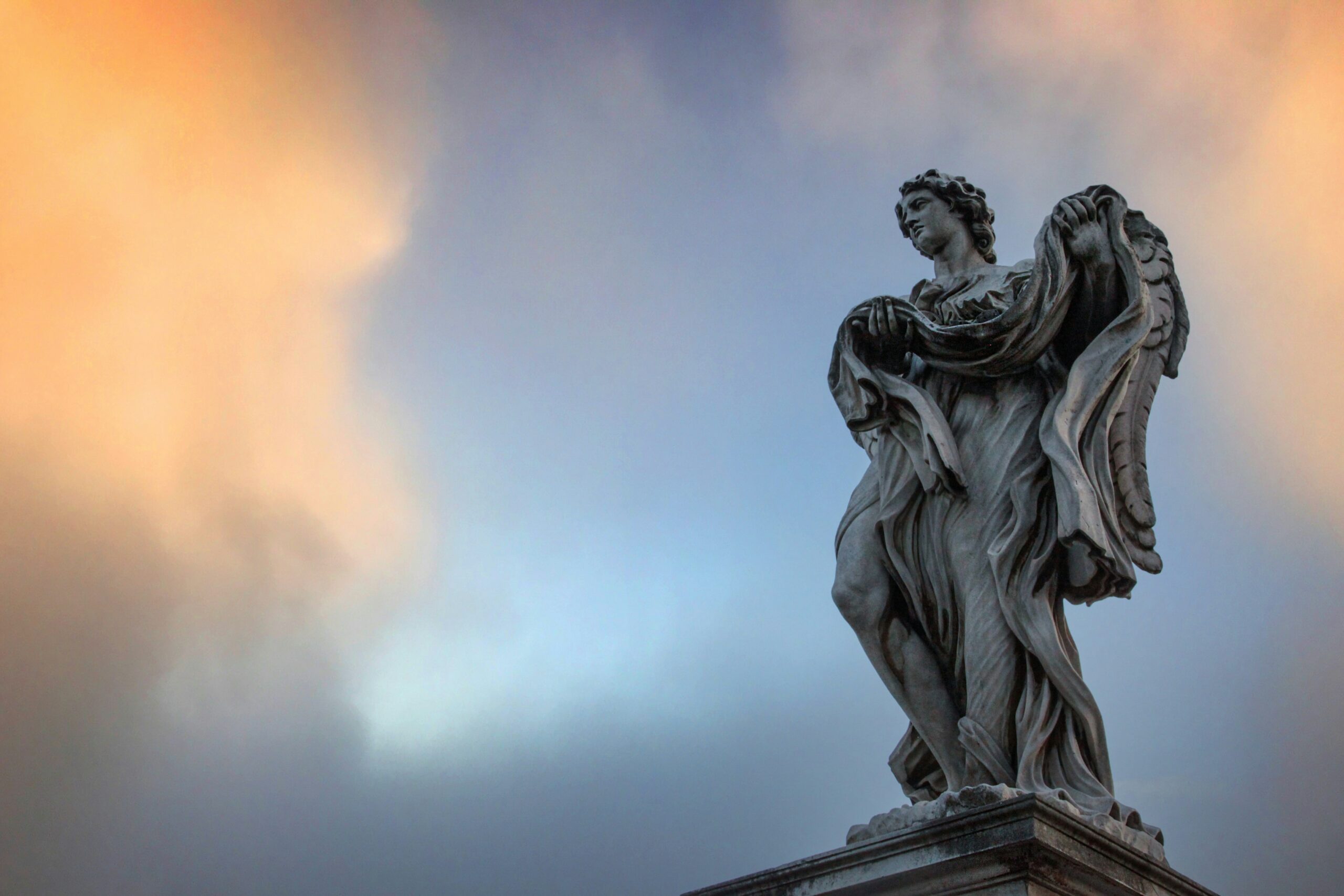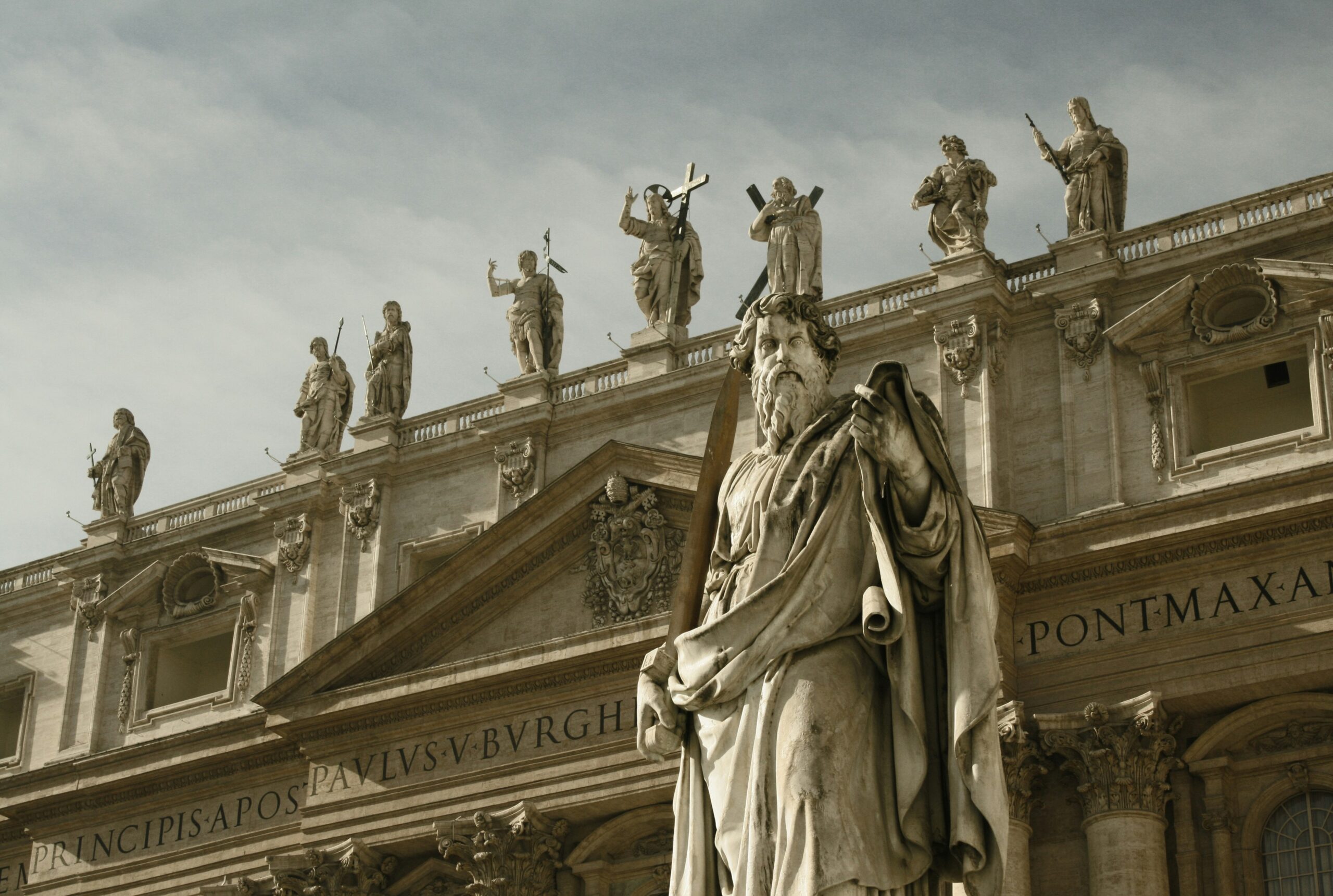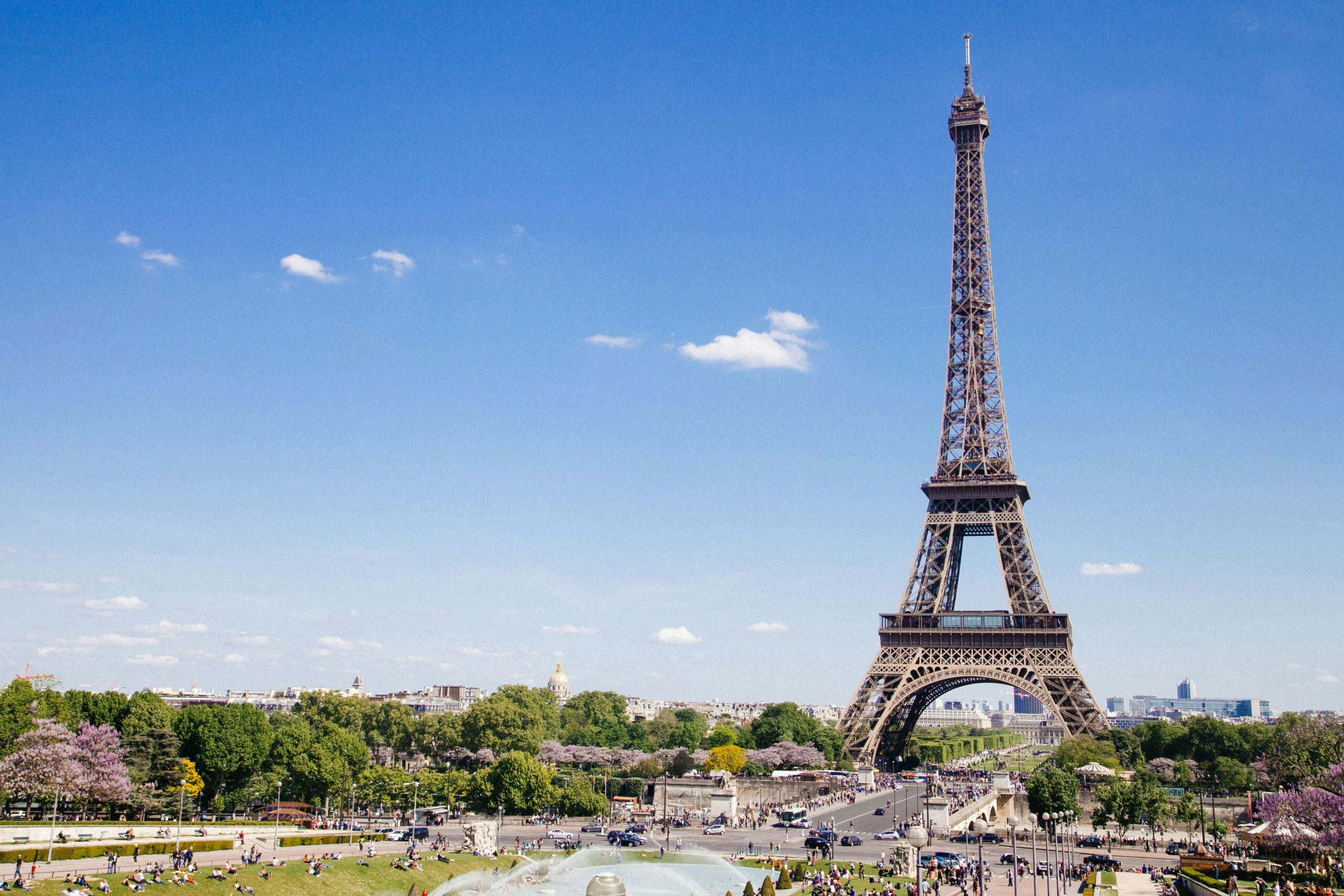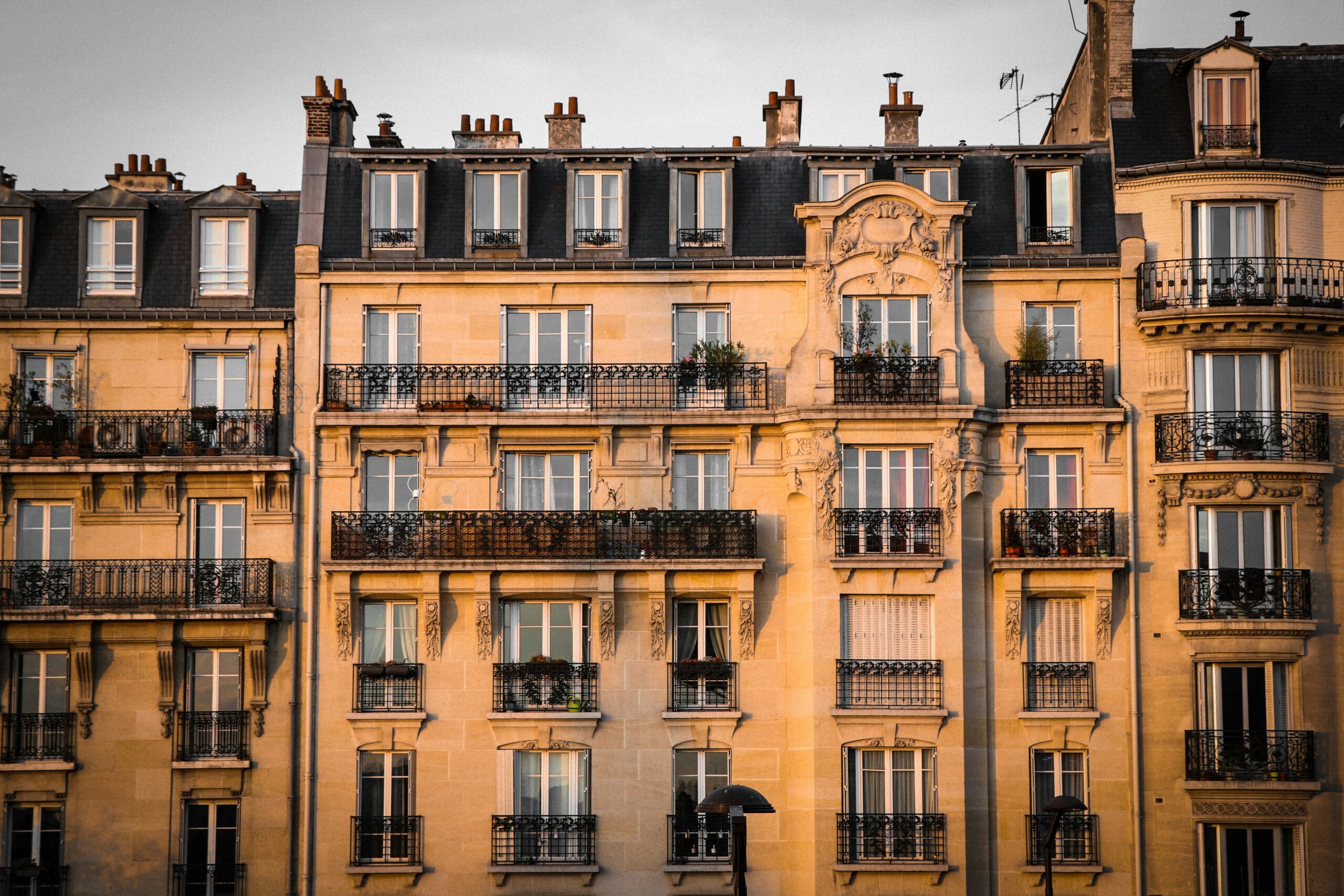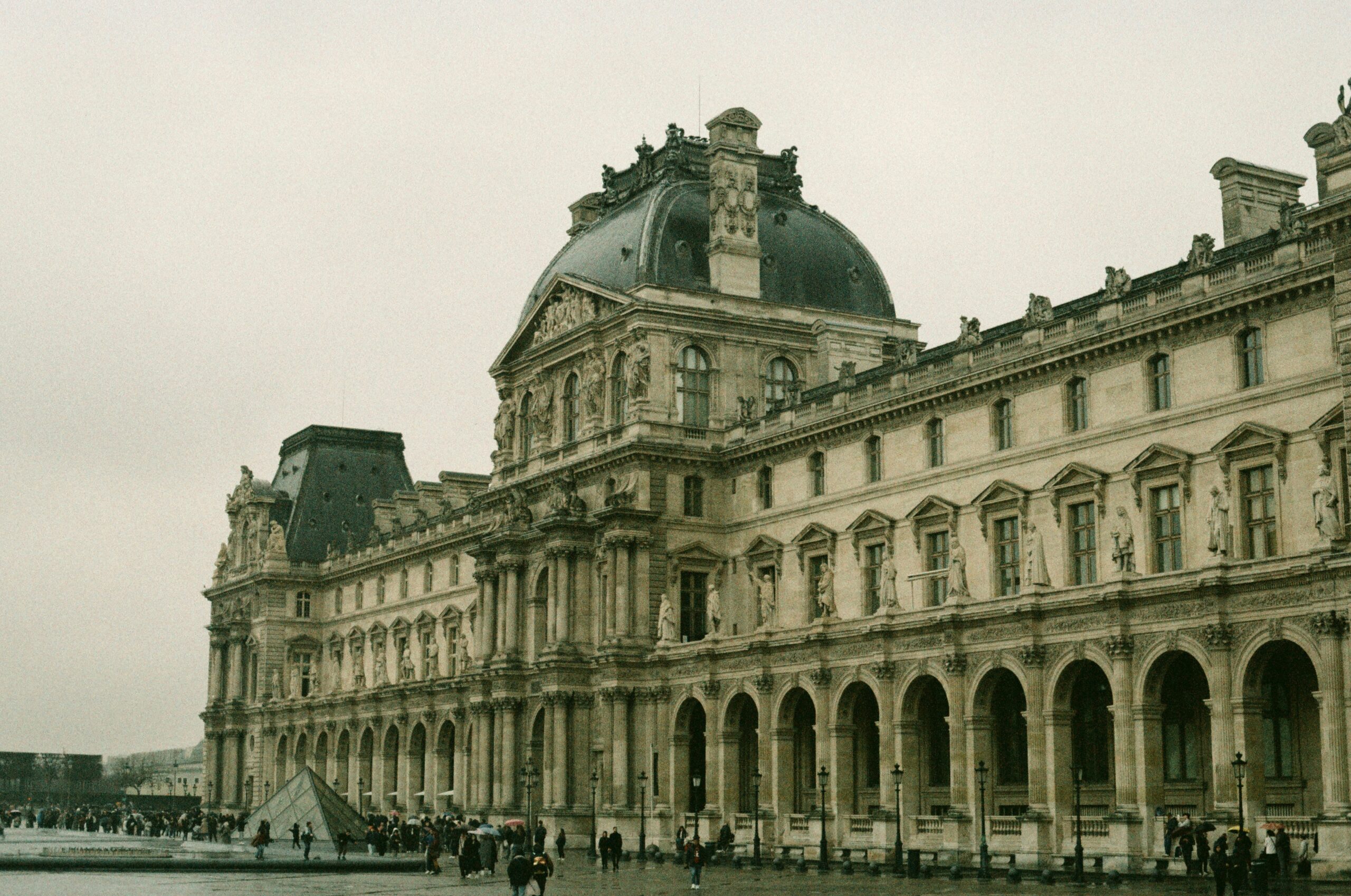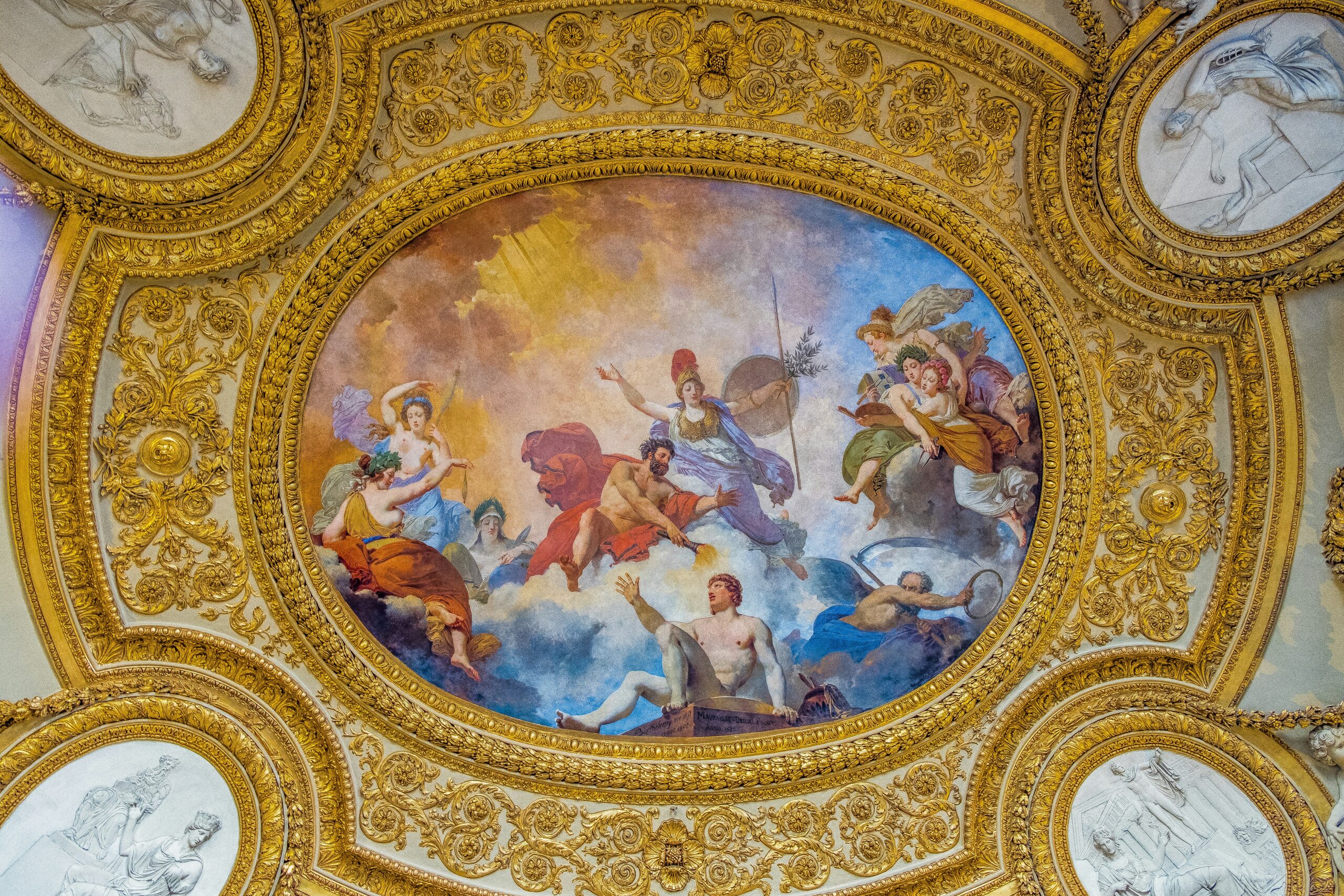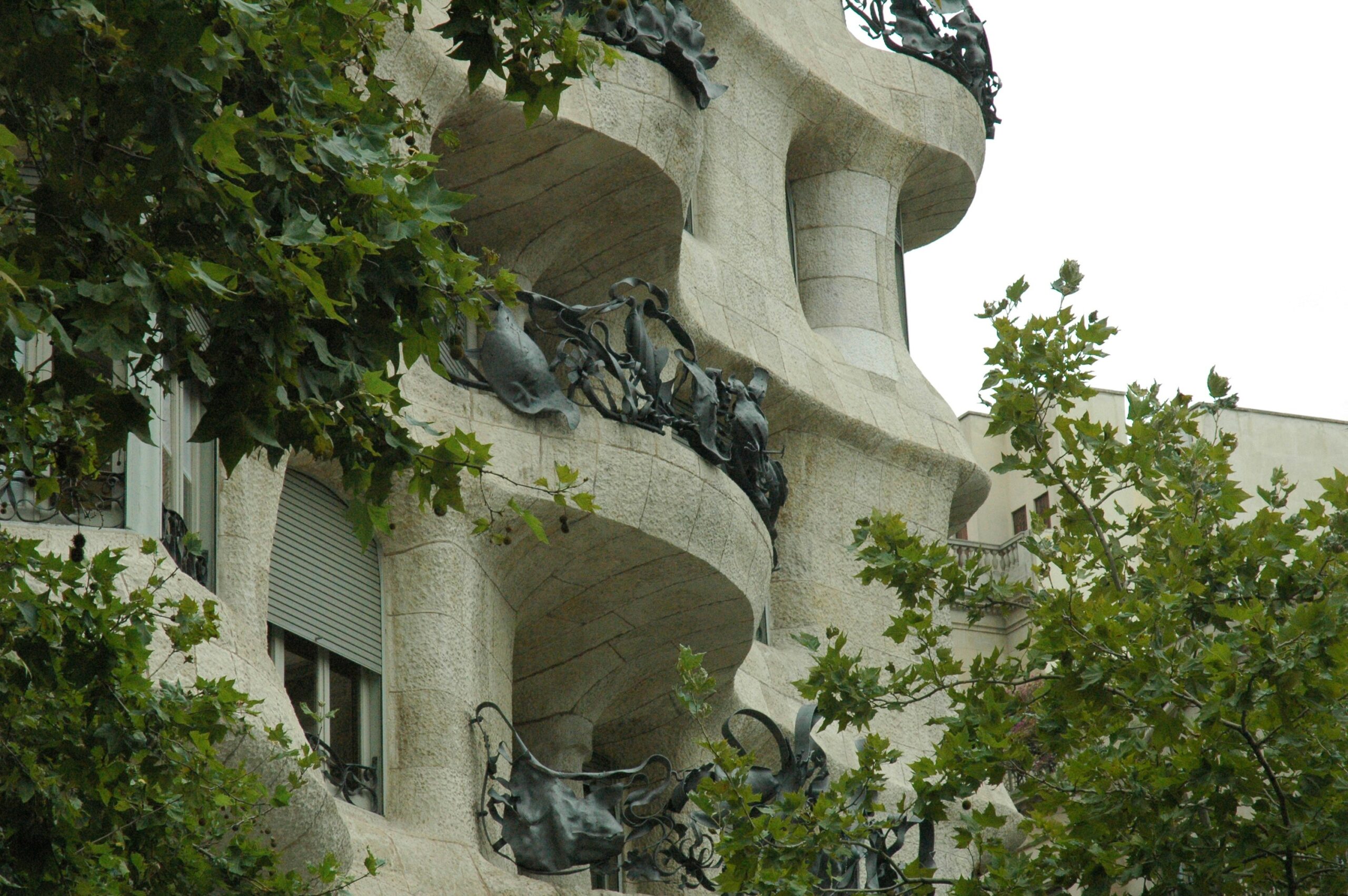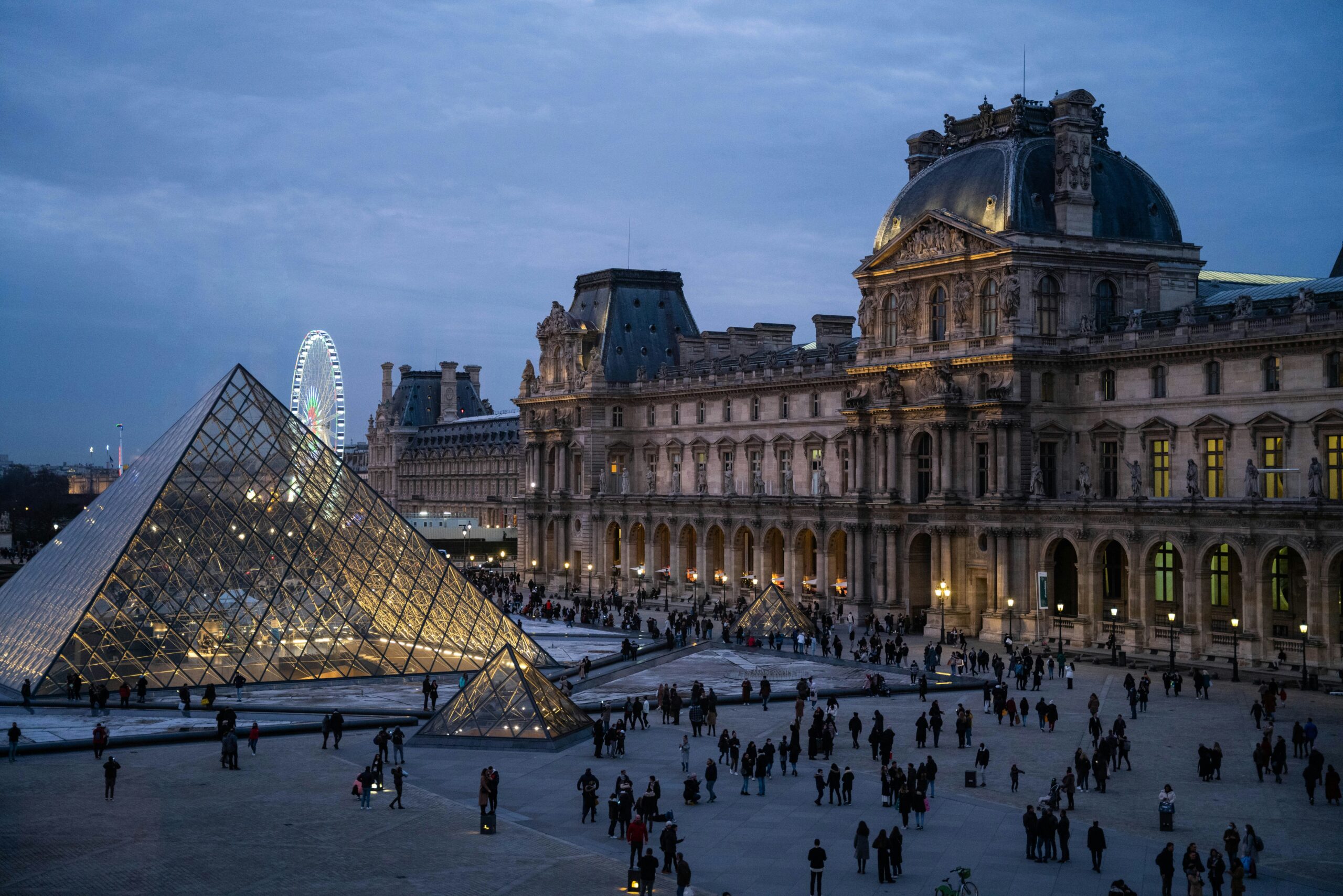French Art and Music | A Harmonious Legacy of Creativity
French Art and Music | A Harmonious Legacy of Creativity
Introduction
France has long been a cultural powerhouse, known for its rich artistic traditions and diverse musical heritage. Whether it’s the masterpieces of the Louvre, the melodies of Édith Piaf, or the modern street art and electronic beats of Paris, French art and music continue to captivate audiences worldwide.
Whether you’re a tourist admiring Impressionist paintings, a food lover enjoying the ambiance of a Parisian café, a history buff fascinated by medieval tapestries, or a music enthusiast exploring French chansons and jazz, this guide will take you on an artistic and musical journey through France’s cultural evolution.
- The Evolution of French Art and Music
Medieval Period: Religious Art and Sacred Chants (5th-15th Century)
French Art: The Gothic Marvels
- Gothic cathedrals like Notre-Dame de Paris and Chartres Cathedral became iconic symbols of medieval France.
- Stained glass windows, illuminated manuscripts, and religious sculptures were dominant forms of artistic expression.
- The Lady and the Unicorn tapestry remains a masterpiece of medieval storytelling through fabric art.
French Music: Gregorian Chants and Troubadours
- Gregorian chants, sung in monasteries, were an essential part of religious ceremonies.
- Troubadours and trouvères composed secular music, singing of love, chivalry, and medieval life.
- The hurdy-gurdy and lute were popular medieval instruments.
- The Renaissance and Baroque Periods: Refinement and Opulence (16th-18th Century)
French Renaissance Art: A Classical Revival
- French artists embraced humanism and realism, inspired by Italian Renaissance masters.
- The School of Fontainebleau blended French Gothic traditions with Italian Mannerism.
- Château de Chambord and Château de Fontainebleau showcased Renaissance architectural elegance.
French Baroque Music: The Era of Courtly Elegance
- Under Louis XIV, France became a center for Baroque music.
- Jean-Baptiste Lully, the king’s composer, developed French opera and ballet, setting the stage for modern orchestration.
- François Couperin and Rameau introduced ornamental harpsichord compositions.
- The Classical and Romantic Movements (18th-19th Century)
Neoclassicism and Romanticism in Art
- Jacques-Louis David led the Neoclassical movement, portraying heroism and historical grandeur (The Death of Marat).
- Romantic painters like Eugène Delacroix emphasized emotion, movement, and dramatic storytelling (Liberty Leading the People).
Romantic and Impressionist Music: Emotion and Expression
- Hector Berlioz (Symphonie Fantastique) revolutionized orchestral storytelling.
- Claude Debussy and Maurice Ravel led Impressionist music, using delicate harmonies to evoke dreamy landscapes.
- The French chanson tradition flourished, blending poetic lyrics with simple melodies.
- The Birth of Modernism: Impressionism, Jazz, and Avant-Garde (19th-20th Century)
Impressionist and Post-Impressionist Art
- Claude Monet, Edgar Degas, and Pierre-Auguste Renoir pioneered Impressionism, capturing fleeting moments with light and color.
- Paul Cézanne and Henri Matisse expanded the boundaries of Post-Impressionism and Fauvism.
French Jazz and Cabaret Culture
- Paris became the European capital of jazz in the 1920s, with clubs like Le Caveau de la Huchette.
- Django Reinhardt, a Roma-French guitarist, pioneered gypsy jazz.
- Édith Piaf, known as “La Môme,” brought chanson music to international fame with songs like La Vie en Rose.
- Contemporary French Art and Music
Street Art and Modern Galleries
- French cities like Paris and Lyon have thriving street art scenes, featuring artists like JR and Invader.
- The Centre Pompidou remains a hub for modern and contemporary art.
French Pop, Electronic, and Indie Music
- Electronic music pioneers like Daft Punk and Air revolutionized the global dance scene.
- Indie and pop artists like Christine and the Queens bring fresh perspectives to modern French music.
- The Fête de la Musique, held annually, celebrates all forms of music across France.
Conclusion: The Timeless Influence of French Art and Music
French art and music are not just remnants of the past—they are living, evolving expressions of culture. From the cathedrals and châteaux of old to the vibrant galleries and music festivals of today, France continues to be a global artistic and musical leader.
Next time you listen to a chanson, visit a French museum, or dance to a French electronic track, remember—you are experiencing centuries of artistic innovation and cultural passion.

